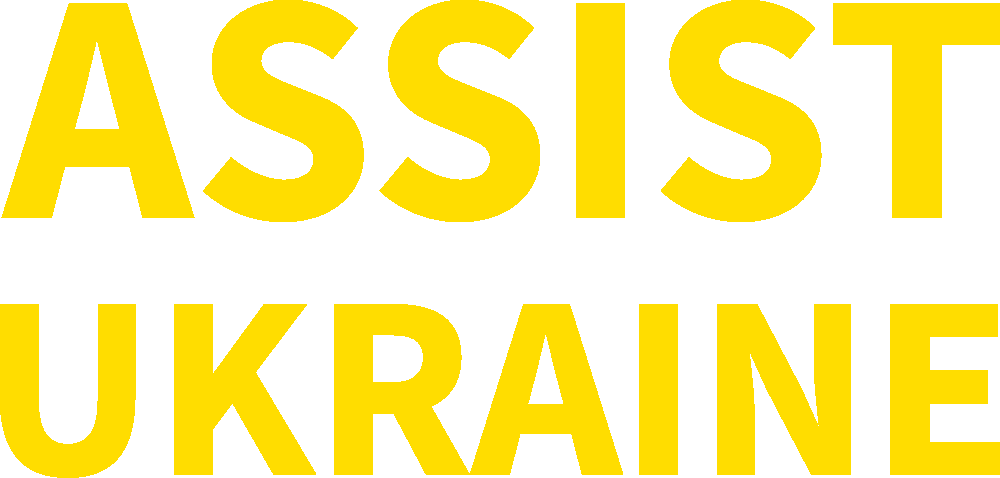In the Media

Aggressive First Person View Drone Technology Targets Both Military and Civilians
Aggressive First Person View Drone Technology Targets Both Military and Civilians FPV (First-Person View) drone technology has become a significant factor in modern warfare, emerging prominently in the ongoing Russian war against Ukraine. The Russian army is increasingly using FPV drones to target both military and civilian sites. In this recent piece by New Eastern Europe magazine, the...

Assist Ukraine Director, Olga Shpak, Plays An Important Role in Dramatic Beluga Whale Rescue, The New York Times Reports
How Two Beluga Whales Made It to Safety From Ukraine A pair of whales were extricated from the besieged city of Kharkiv and taken to an aquarium in Spain with help from experts around the world. By Marc Santora and Emily Anthes It was a whale of an evacuation. Actually, two. In what experts said was among the most complex marine mammal rescue ever undertaken, the pair of beluga whales were...
Ukraine: The Latest | The Telegraph
Assist Ukraine Director Olga Shpak and our friend, journalist Anna Husarska have recently been interviewed by The Telegraph, one of the major UK newspapers for their podcast Ukraine: the Latest. The conversation with Olga and Anna about Assist Ukraine starts at 47:22. Click here to listen to the Youtube Podcast.
THE NEW YORK TIMES GUEST ESSAY
Have Gear, Will Deliver: Why I Carry Supplies to Ukrainian Troops (excerpts)By Anna Husarska, a journalist and political analyst Kharkiv (Ukraine) This past summer, Britain’s defense minister at the time, Ben Wallace, chided Ukraine for not showing enough gratitude for the West’s weapons supplies. “We’re not Amazon,” he said. No, but there is a kind of Amazon for the Ukrainian military, in...
POLITICO MAGAZINE: Ukraine Needs More Than Just Weapons to Win. That’s Where I Come In.
I drive donated equipment to Ukraine’s frontlines. Here’s a photo diary of my deliveries. When Vladimir Putin’s Russia invaded Ukraine in February 2022, I was a long way away, scuba diving in Madagascar. Having decided to stop reporting on conflicts, I was writing a book on Cuba. But when the war broke out next door to my native Poland, I was overwhelmed by the scale of the monstrosity and...
MOTHER JONES: She Was on the Front Lines of Whale Conservation. Now She’s on the Front Lines of War
Russia’s invasion of Ukraine upended Olga Shpak’s life—and a generation of science. Jackie Flynn MogensenJuly+August 2023 Issue The first time I spoke with Olga Shpak, I made the mistake of beginning as I often do when interviewing researchers: by asking for some basic biographical information. “I used to be a scientist,” she said, not sounding bitter, only a bit nostalgic. Now, she clarified,...
ALASKAN PUBLIC MEDIA | PBS NPR | With Alaskans’ help, Ukrainian woman gets much-needed supplies to her war-torn country
With Alaskans’ help, Ukrainian woman gets much-needed supplies to her war-torn country By Casey Grove, Alaska Public Media - Anchorage May 8, 2023 An aid group with roots in Alaska has been working to get much-needed supplies to Ukraine, as that war-torn country continues to battle Russian invaders. At the end of what is now an international chain of volunteers and donors is a Ukrainian woman...
CNN PODCAST | The People Fueling Ukraine’s ‘Will to Win’
The People Fueling Ukraine’s ‘Will to Win’ It’s been one year since Russia invaded Ukraine, setting off the bloodiest land war in Europe since World War II. Since then, the bravery and ingenuity of the Ukrainian people has been on full display while its military has defied the odds and inflicted staggering losses on the Russian army. In today’s episode, we hear some of their stories and look at...
SCIENCE.COM | The Volunteer
The volunteer. Olga Shpak made headlines around the world in 2017, when she captured the first footage of a pod of orcas using teamwork to hunt a young bowhead whale in the Sea of Okhotsk. The drone video was a sensational moment in her 2 decades of methodical fieldwork investigating bowheads, belugas, and other whale species—studies that had thrust the Ukrainian marine mammologist into the...
